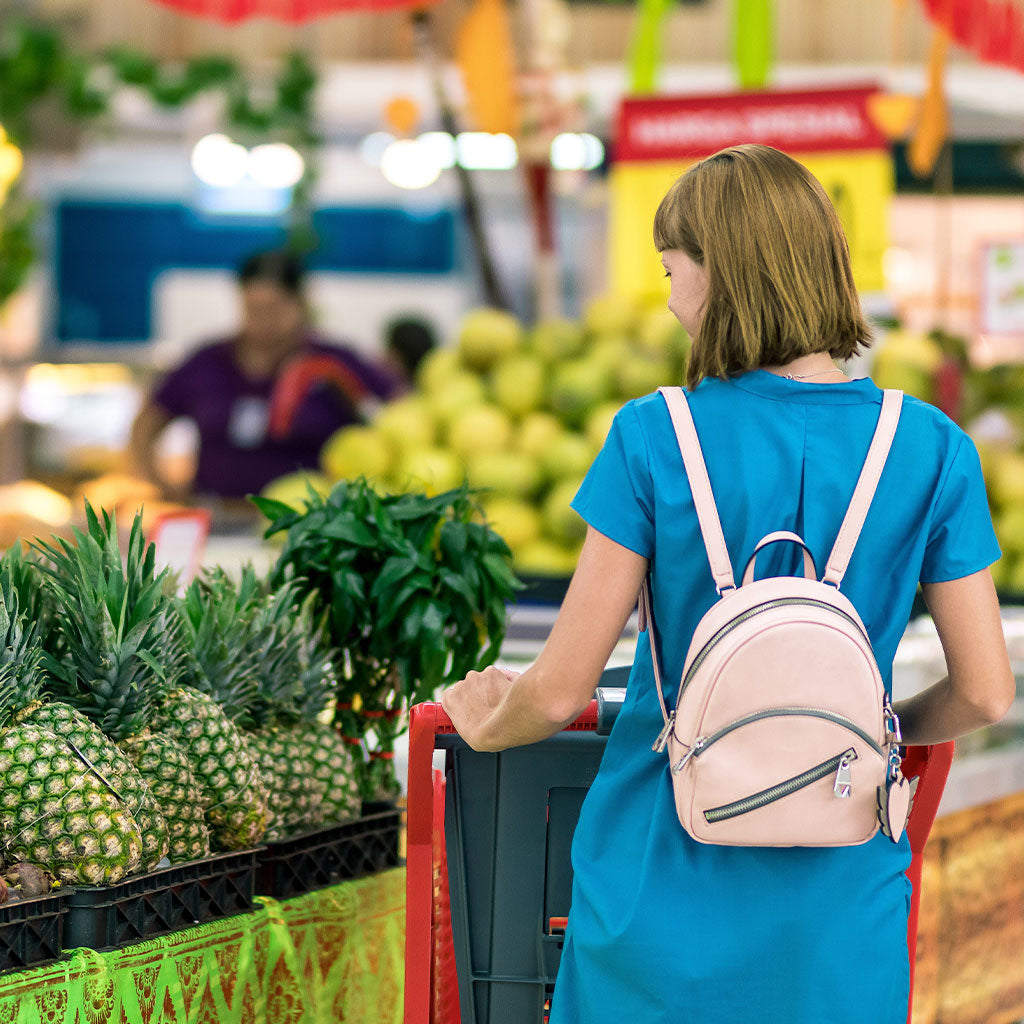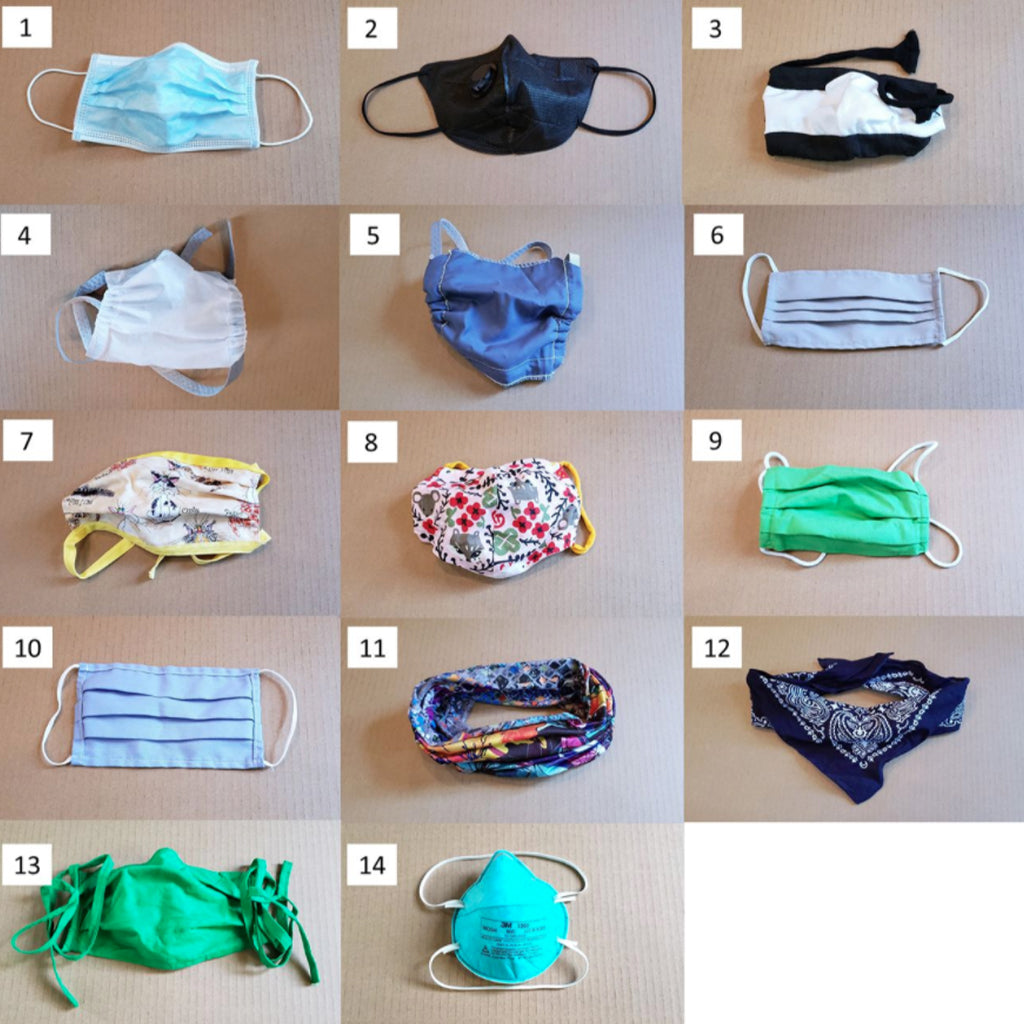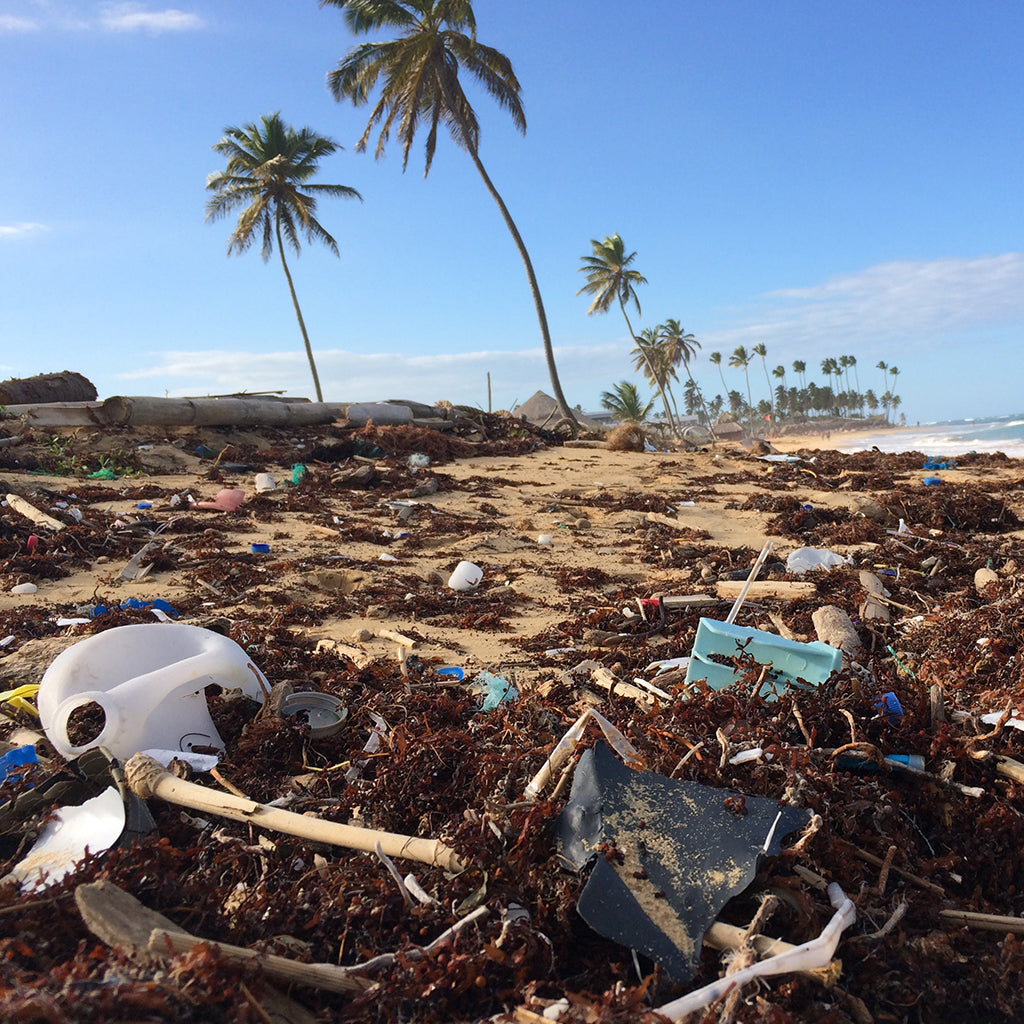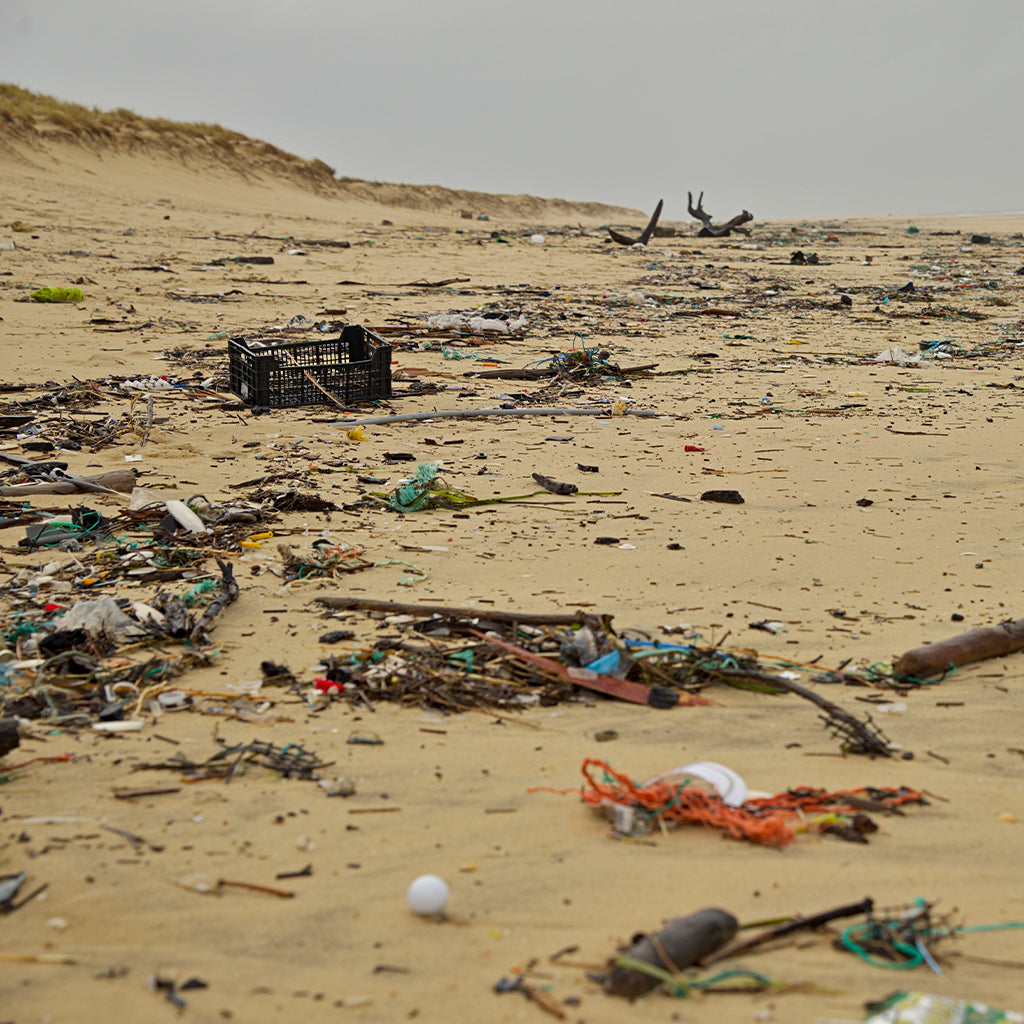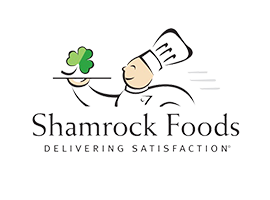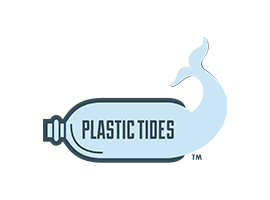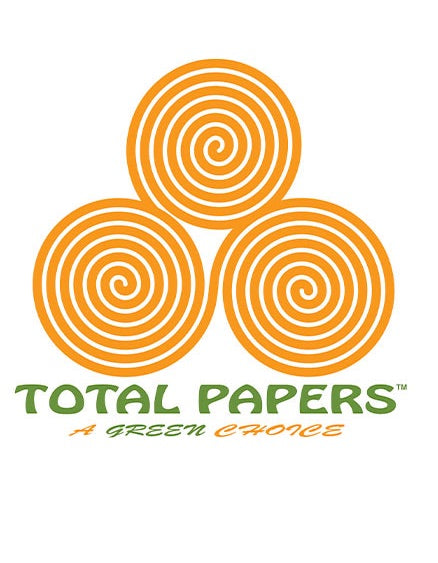7 Ways to Cut Down on Single-Use Plastic When Grocery Shopping
1. Skip shopping bags and just reuse whatever bags you already own.
“We use a plastic bag for an average of 12 minutes, but they take hundreds of years to break down in the landfill and only 1 percent are returned to the store for recycling,” Erin Augustine, corporate sustainability expert and founder of @carbonfreefamily on Instagram, tells SELF.
“Reusable tote bags are absolutely key,” Dominique Drakeford, creator of Melanin and Sustainable Style, tells SELF. While there’s some debate about what kinds of bags are actually best for the environment, one thing we can agree on is that reusing the bags you already own is going to be more sustainable than getting a bunch of new plastic bags from the check-out line or even buying new cotton tote bags just for the grocery store. Whether you have old plastic bags laying around your place or you have some tote bags, the key is using what you already have for future shopping trips.
“You don’t need to buy fancy new shopping bags,” Augustine says. “I encourage people to use what they have.” Drakeford adds that she’s never actually purchased a reusable tote and just uses bags she has collected over the years. If you’re not sure when you’re going to be grocery shopping, make it a habit of keeping a few totes in the trunk of your car (or one folded up in your purse) so you’re always prepared.
2. Same goes for bags for produce.
If you’re used to putting loose fruits and veggies in their own plastic bags to keep them from spilling in your cart as you shop, start using a reusable version. Again, that doesn’t need to mean buying something new—you can reuse an old plastic bag you brought home from the grocery store, a tote bag, whatever you have.
3. Skip produce wrapped in plastic.
Whenever Augustine goes to a traditional supermarket, she checks out the produce section first to scope out the plastic-free options. “I look for ‘naked’ fruits and vegetables, those displayed in piles without any packaging,” she explains. “Produce displayed in this way allows me to choose the right quantity for my family, minimizing food waste and packaging waste at the same time.” It’s a win-win.
4. Choose products in glass or paper containers.
“When buying packaged products, my first preference is glass or paper since it can be easily reused,” Micaela Preston, creator of Mindful Momma, tells SELF. She says that a lot of pantry staples—like pasta sauce, peanut butter, salsa, and cooking oils—often come packaged in either glass or plastic, so it’s easy to make the change. “Take a look at the options and try to switch over to the glass packages,” she says, “even if it means switching brands.”
Of course, it’s important to note that glass does not come burden-free, Geyer explains. He says that because the glass recycling rate in the U.S. is only around 30 percent, and because recycling glass comes with its own set of problems, it’s better to reuse what you have whenever you can. If that’s not an option, glass is still a better choice than plastic.
5. Bring your own jars for bulk foods.
Preston loves buying food from the bulk section at stores like Whole Foods for a few reasons. “I can bring my own container and avoid packaging waste, I can buy just the amount I need and no more (which reduces food waste), and if often costs less,” she explains.
When she plans on shopping from the bulk bins, she brings glass jars like Mason jars or old reused pasta sauce jars from home. Just be sure to calculate the tare weight on the jar or bag so that you’re only charged for the weight of the food. If you’re not sure how to do that, ask an employee at the store to help you do it on the bulk scale.
6. Shop at a farmers market when possible.
Augustine says that it’s way easier to avoid plastic packaging when you’re at the farmers market versus a grocery store, simply because there just usually isn’t as much there. “Most of the farmers bring their fruits and vegetables to the market without any packaging,” she explains. Just remember to bring along your own bags to carry your goodies home.
7. Be willing to skip a product if the only option is wrapped in plastic.
In some cases, it can be hard to find an ingredient you’re looking for that’s not packaged in plastic, Preston explains. She says that though there is usually an alternative way to buy a product, sometimes the only options are wrapped in plastic. For example, if she can only find cherry tomatoes packaged in a plastic clamshell container (you know the ones), she will skip it entirely.
But Preston says it’s also important to give yourself a break. “Don’t beat yourself up for buying food packaged in plastic occasionally,” she explains. “It’s about progress, not perfection.” And remember, these little hacks are just that: little. They can absolutely make a difference in your own consumption, but it’s important to also look for large-scale ways to keep the conversation around environmental protection going.
For the full article, visit SELF.
Contact us to learn more about using our products!
Total Papers
11837 Goldring Rd, Arcadia, CA, 91006
(800) 919-6880
info@totalpapers.com


